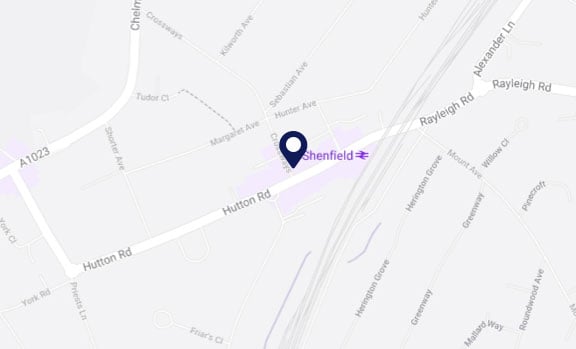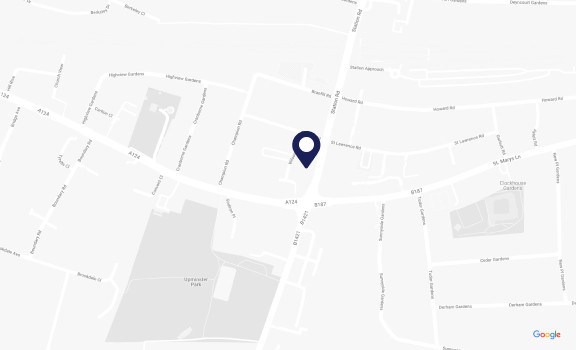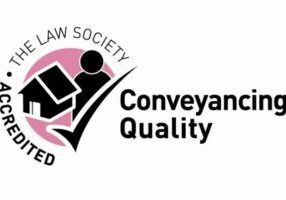Commercial Property
What is a Full Repairing and Insuring Lease
If you have a commercial lease, it is likely to be a ‘full repairing and insuring lease’, but many tenants do not understand what this means in practice.
What does a full repairing and insuring lease mean?
A full repairing and insuring lease means that the tenant is responsible for all of the costs of repairing and maintaining the property, as well as the costs of building insurance. It also means that at the end of the lease, the tenant must return the property to the landlord in a good state of repair.
The repair obligation
A tenant’s repair obligation will extend to the whole of the property being leased and so it is important to know what is included in the definition of the property. For example, a tenant will want to know whether the exterior or the structure of the property is included, as these types of repairs could be significant and expensive.
Once it is clear what is included in the property, it is crucial that a tenant obtains a survey and carries out thorough due diligence to assess the condition of the property before committing themselves to the lease. If it appears that the property is in a poor condition, a tenant may ask the landlord to remedy the defects prior to the lease or ask for compensation to allow them to remedy the defects themselves.
A tenant should not have to pay to remedy a lack of repair to the property before they occupied it, so it is advisable that a photographic schedule of condition is prepared to evidence of the condition of the property at the date of the lease. This can then be used to limit the tenant’s liability for the repair obligations both during the lease and at the end of the lease. Without such limitation, a tenant will be bound to return the property to the landlord in a good state of repair and condition, regardless of the condition at the commencement of the lease.
The insurance obligation
Under the lease tenants will be required to pay the costs of building insurance, or if they only occupy part of the building, a fair proportion of the building insurance. Even though tenants pay the costs, the landlord remains obliged to insure the building. In addition to paying the insurance or part of it, the tenant is also required to comply with all the terms of the insurance policy and not do anything to make it void.
A tenant will want to ensure that the insurance policy covers all risks (whether they are likely or not) for example terrorism, subsidence, and flooding. Certain items such as the plate glass window in a shop front and works done by the tenant may be excluded from the landlord’s building insurance and so the tenant will need to insure these.
If the property is damaged by an insured risk so that it cannot be used, the rental payments should be suspended. There should also be an obligation on the landlord to repair the damage with the insurance funds, and if this is not done within a set period, the tenant should have the right to end the lease so that they are not trapped in a lease where the property is unusable.


















Leonie Armand, a Solicitor in our Commercial Property team, said:
“Often tenants agree to a lease without fully understanding the implications of some of the terms. Speak to the commercial property team today for more advice on insurance and repairing obligations, as well as other important terms in a commercial lease. Call our Romford office on 01708 784000 for more information.